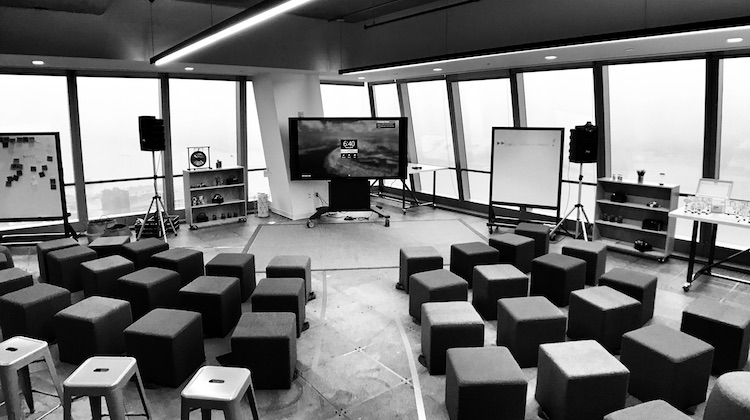Culture and Talent
Inside SAP’s New York innovation community center
- SAP is sort of rebranding itself an international player that can foster an international ecosystem, instead of being merely a technology vendor to some big companies
- The technology giant has moved into 144,000 square feet in the top five floors of one of the new Hudson Yards towers on the west side of Manhattan








